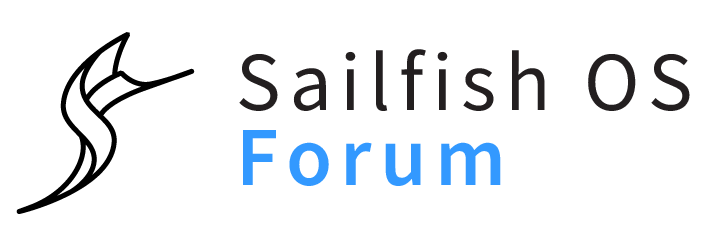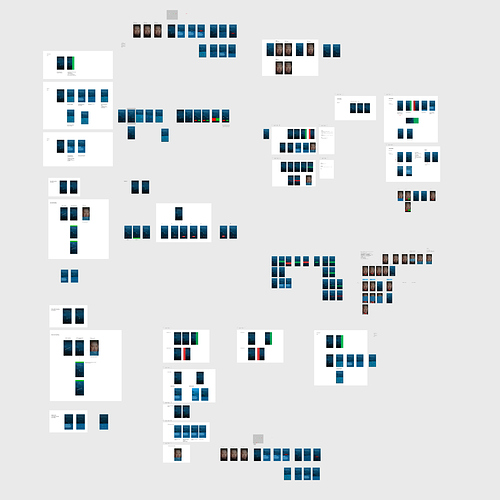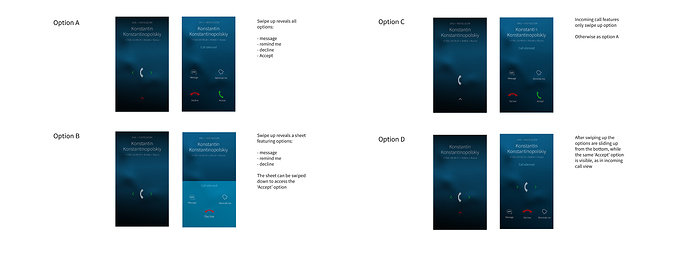There has been a lot of comments regarding the new incoming call redesign in the forum. It has gotten thanks, but also some criticism. One resilient myth is us copying competitor UX, which is simply not true. We do want Sailfish OS to retain its unique character. The redesign progress is gradual, for example alarms still use the old gesture design, so some work was still left for the upcoming releases.
Nowadays we do much more user testing than before, try to base our decisions on empirical data to verify any new designs we introduce are measurably better than the old. Incoming call redesign arose from customer user studies showing new users were having difficulties with the old design. One key driver has been that users should be able to answer and decline calls without needing to go through any Tutorial first. Pull-down menus are initially difficult to grasp since it is an unique concept in Sailfish OS. One issue that caused confusion was related to the answer and decline indications being far from where the user’s thumb (that performs the gesture) was located. During the project we did dozens of design mockups, half-dozen different gesture prototypes and many short user testing rounds in between until we were confident of the experience. The test setup included both new and existing users.
After iterating the same use cases in different tests and with different people you start to build confidence on the direction you should take. In incoming call case we ended up choosing the option, where accepting works by swiping horizontally. The most common action when you get a call is to answer and horizontal swipes are easier to perform than vertical swipes by most people. Also like one community member noted when quickly answering a call it is not always easy to figure which orientation the device is in, if you accidentally pick the device upside down the gesture direction reverses and with vertical gestures what was meant to be an answer becomes decline.
We were still not sure what was the best way to present different decline options so four more prototypes were created:
In user testing Option D was preferred, where the existing answer gesture is not blocked by silencing.
It is not always easy for us to revisit designs after the implementation project has already been completed. We are discussing internally how we could involve you guys earlier.



